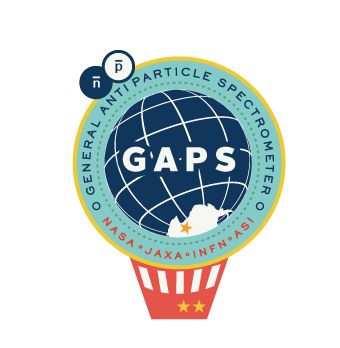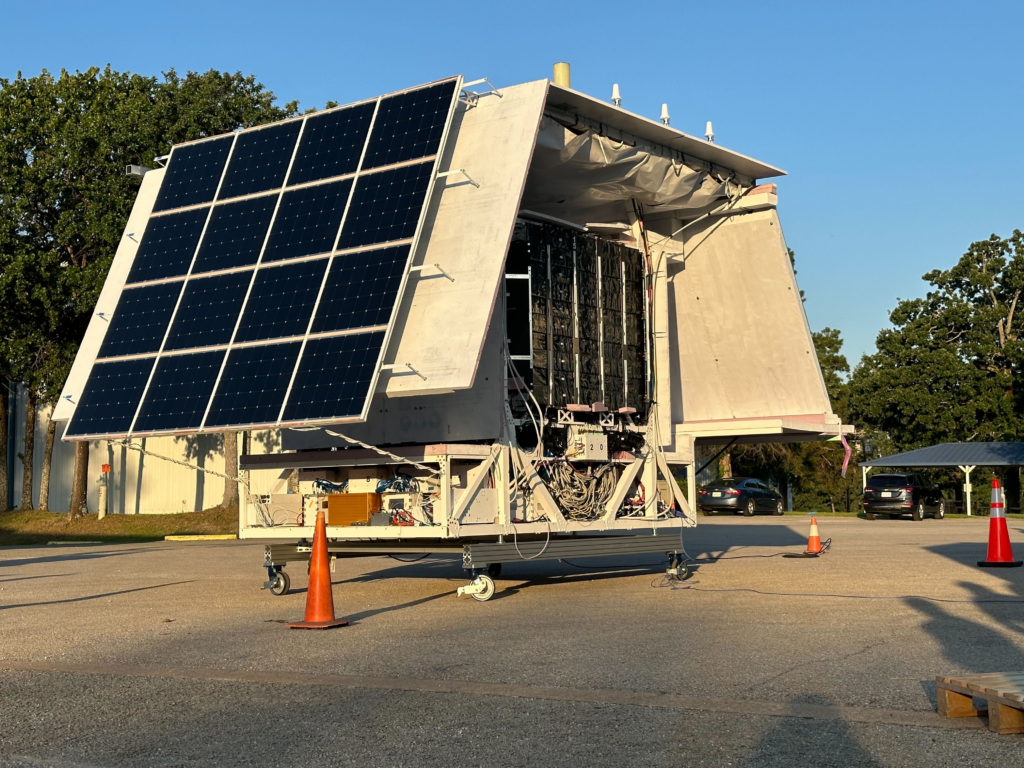
The General AntiParticle Spectrometer (GAPS) aims to study Dark Matter (DM) through sensitive observations of low-energy cosmic-ray antiparticles like antiprotons, antideuterons, and antihelium.
The most ambitious scientific goal of the GAPS experiment will be the possibility to perform a sensitive low-energy (< 0.25 GeV/n) antideuteron search in the cosmic radiation; even small traces of such particles would be a strong signature of new physics, due to the very low conventional astrophysical background of cosmic antideuterons.
Many DM theories predict high antiproton and antideuteron fluxes below ~1 GeV, including some neutralinos, Kaluza-Klein neutrinos, and gravitinos. While ordinary matter cosmic rays are abundantly produced and accelerated at astrophysical sources (so called “primaries”), the astrophysical cosmic-ray antimatter background comes mainly from the spallation of primaries on the interstellar medium (“secondaries”). Spallation reactions result in the creation of very few low-energy particles due to kinematics, and energy-loss mechanisms also operate less efficiently on antideuterons (compared to antiprotons), resulting in a highly suppressed antideuteron flux at low energies. The antideuteron search exploits both the enhanced DM signal and background suppression in the low-energy antideuteron spectrum.
GAPS will measure the cosmic-ray antiproton spectrum at low energies with unprecedented precision, constraining not only DM models, but also more exotic theories like primordial black hole evaporation. The experiment will also likely be able to follow up on candidate antihelium events recently reported by AMS-02: as a consequence, these antihelium cosmic rays, if DM-related, would imply a large antideuteron signal easily detectable by GAPS.
GAPS will fly over Antarctica through a series of long-duration balloon flights, starting from the austral summer of 2025. The long observation time and low geomagnetic cutoff rigidity near the South Pole will allow GAPS to achieve its high sensitivity extending toward low energies and the success of this mission will serve as a pathfinder for more sensitive satellite-based experiments or ULDB (Ultra-Long Duration Balloon) experiments utilizing multiple instruments/multiple launches in the future.

Refernces
[1] https://www.sciencedirect.com/science/article/pii/S0927650522000925



















































































































